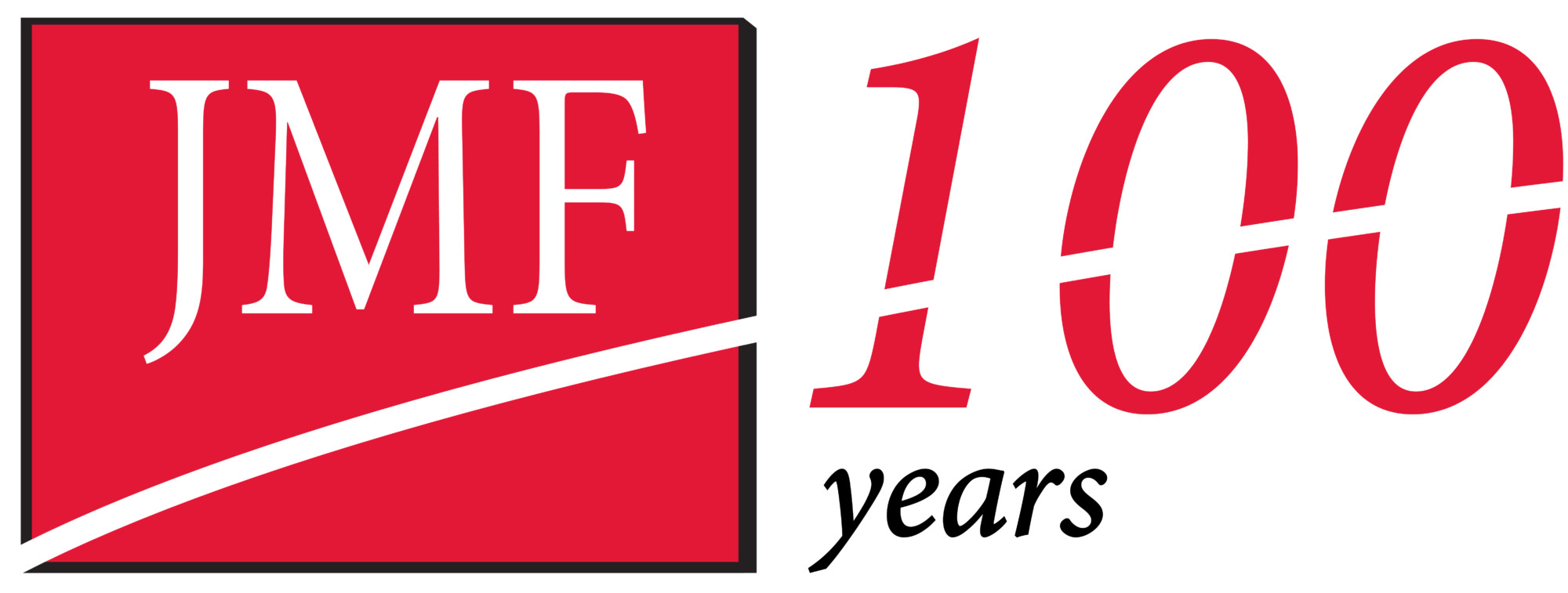The IRS pays close attention to deductions claimed for business travel expenses. Both employers and employees must meet strict recordkeeping requirements or face the consequences. Fortunately, you can obtain some relief by using IRS-approved per diem allowances in lieu of accounting for every expense. Now the IRS has updated its per diem rates for business travelers in the government’s 2017 fiscal year.
Per diems are actually allowances approved for travel by U.S. government employees. However, a business owner cannot use per diem allowances if he or she owns 10% or more of the company.
Starting point: As long as employees properly account for their business travel expenses, including the cost of meals and lodging, employer-paid reimbursements are tax-free to the employees and deductible by the company. This can lead to a recordkeeping nightmare. With a per diem allowance, employees do not have to keep receipts for all of their travel expenses. The employer simply pays the government-approved allowance—no muss, no fuss.
Employees do not even have to report the payments on their tax returns. However, they still must substantiate the time, place and business purpose of their business travel.
Notably, the government annually establishes a flat rate for certain high-cost areas. The list of high-cost areas includes established industry centers such as New York and Chicago. In addition, other areas may be included on a seasonal basis, such as Miami in the winter or Nantucket in the summer. All other locations fall into the other category.
New rates: The IRS recently announced new per diem rates for 2017. The new per diem rate for high-cost areas is $282 (up from $275), consisting of $214 for lodging and $68 for meals and incidental expenses (M&IE). The per diem for all other localities is $189 (up from $185), consisting of $132 for lodging and $57 for M&IE. Note: If an employer chooses, the new rates may be used for business travel expenses incurred after September 30, 2016. (The government’s fiscal year began October 1, 2016.)
As usual, the list of high-cost areas was also tweaked. For 2017, destinations added to the list of high-cost areas include Sedona, Arizona; Los Angeles, California; Mill Valley/San Rafael/Novato, California; Vero Beach, Florida; Kill Devil, North Carolina; and Seaside, Oregon. Conversely, Mammoth Lakes, California, and Midland, Texas, were removed from the list. Finally, the times of certain seasonal destinations were modified, including Denver/Aurora, Colorado; Vail, Colorado; Fort Lauderdale, Florida; Naples, Florida; Chicago, Illinois; Philadelphia, Pennsylvania; Jamestown/Middletown/Newport, Rhode Island; and Jackson/Pinedale, Wyoming.
End point: This can be a valuable time-saver for employers and employees alike. Consult your JMF professional tax advisers about your company’s situation.







Leave A Comment
You must be logged in to post a comment.